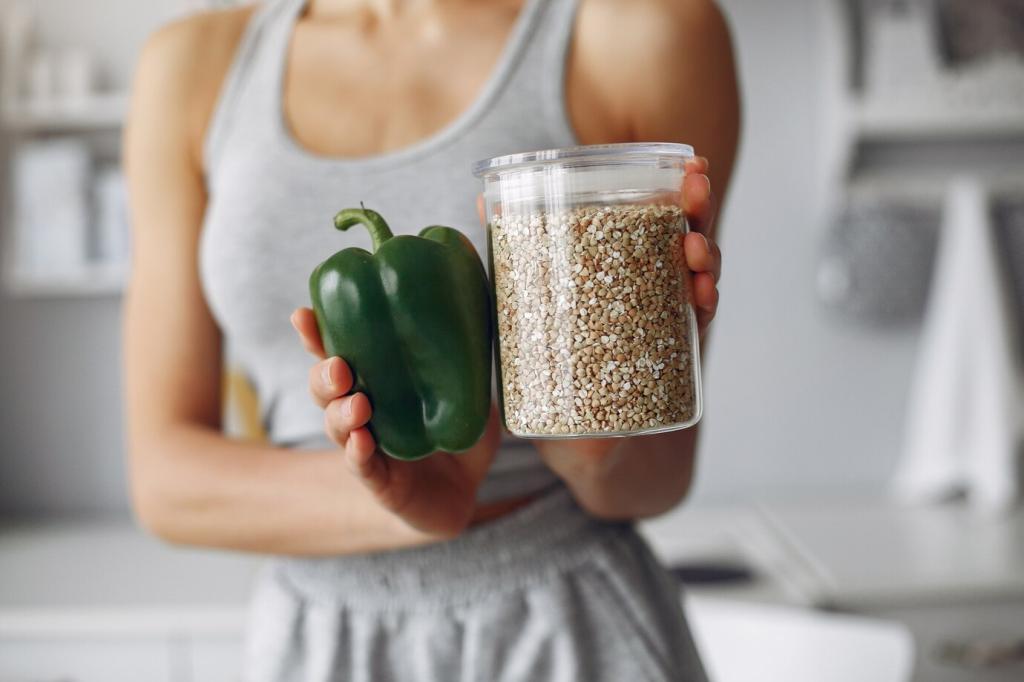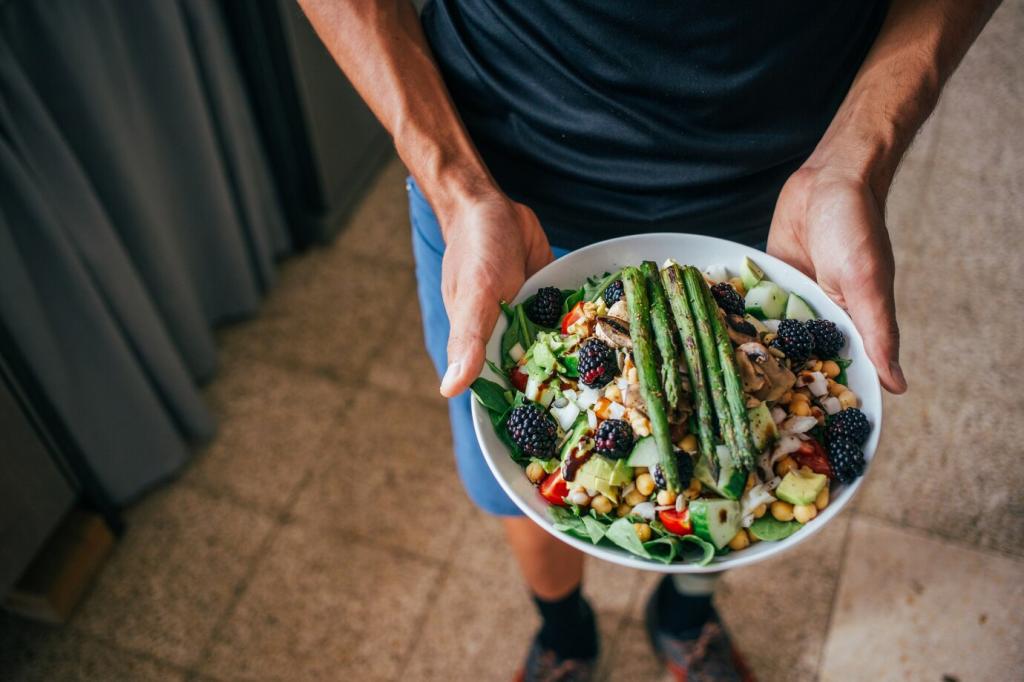Understanding Macros on a Plant-Based Fitness Diet
Carbs are your primary training fuel, especially for high-intensity intervals and longer endurance sessions. Favor whole grains, fruit, and starchy vegetables to load glycogen. Adjust portion sizes on hard days to support output, and ask questions below about timing to match your personal schedule.
Understanding Macros on a Plant-Based Fitness Diet
Plant proteins rebuild muscle, support connective tissue, and help maintain lean mass during fat loss. Blend legumes, tofu, tempeh, and high-protein grains for a full amino profile. Aim for evenly spaced servings across meals, and comment with your favorite go-to combinations for post-workout recovery.
Understanding Macros on a Plant-Based Fitness Diet
Dietary fat supports hormone health and helps absorb fat-soluble vitamins critical for training. Choose nuts, seeds, olive or avocado oil, and flax or chia for omega-3 precursors. Keep portions intentional so fats complement, not crowd, the carbohydrates that power your sessions.
Understanding Macros on a Plant-Based Fitness Diet
Lorem ipsum dolor sit amet, consectetur adipiscing elit. Ut elit tellus, luctus nec ullamcorper mattis, pulvinar dapibus leo.










